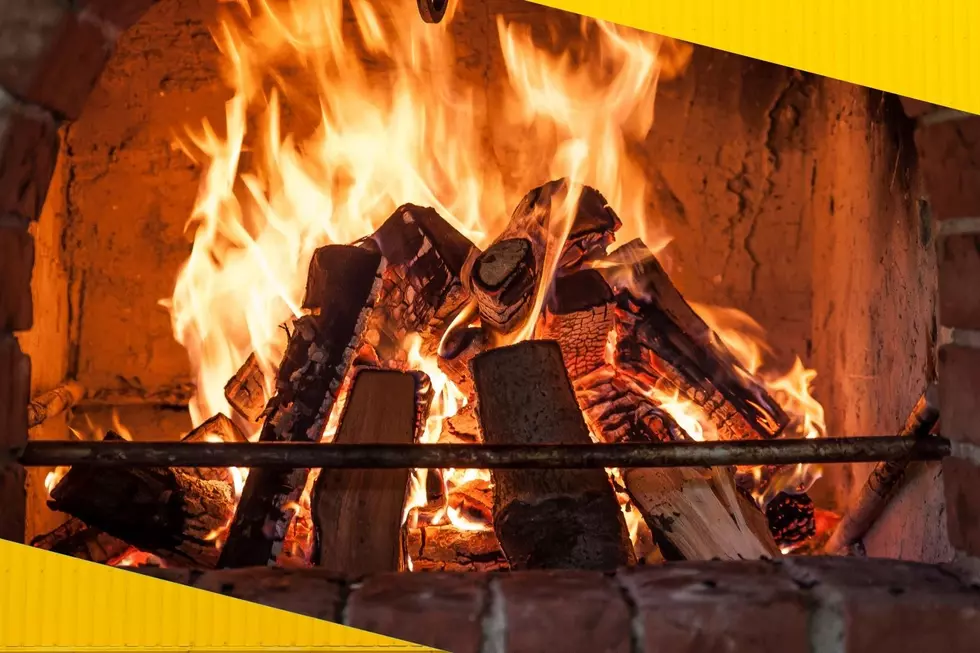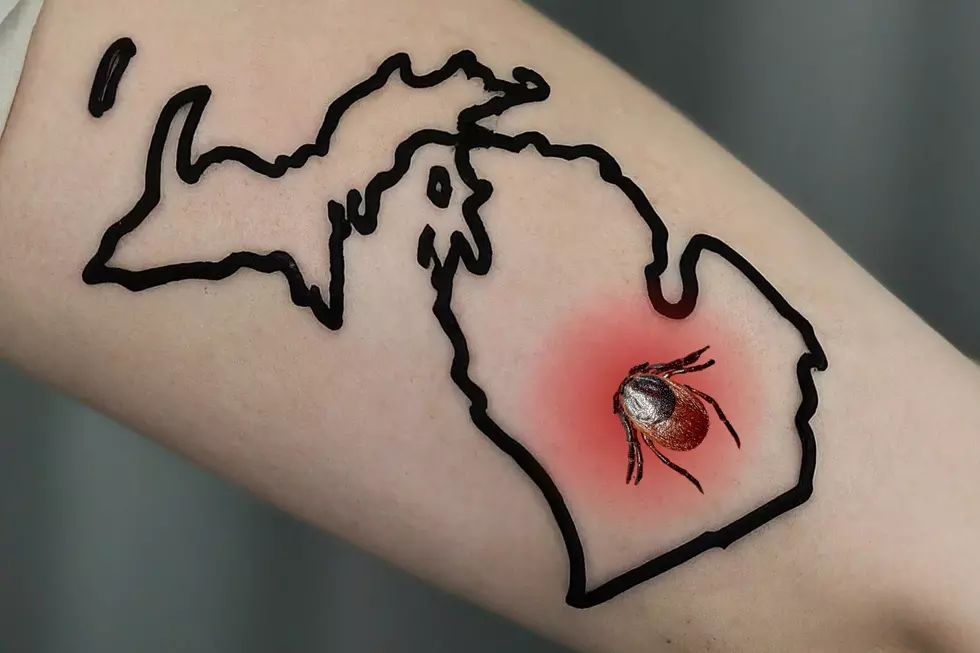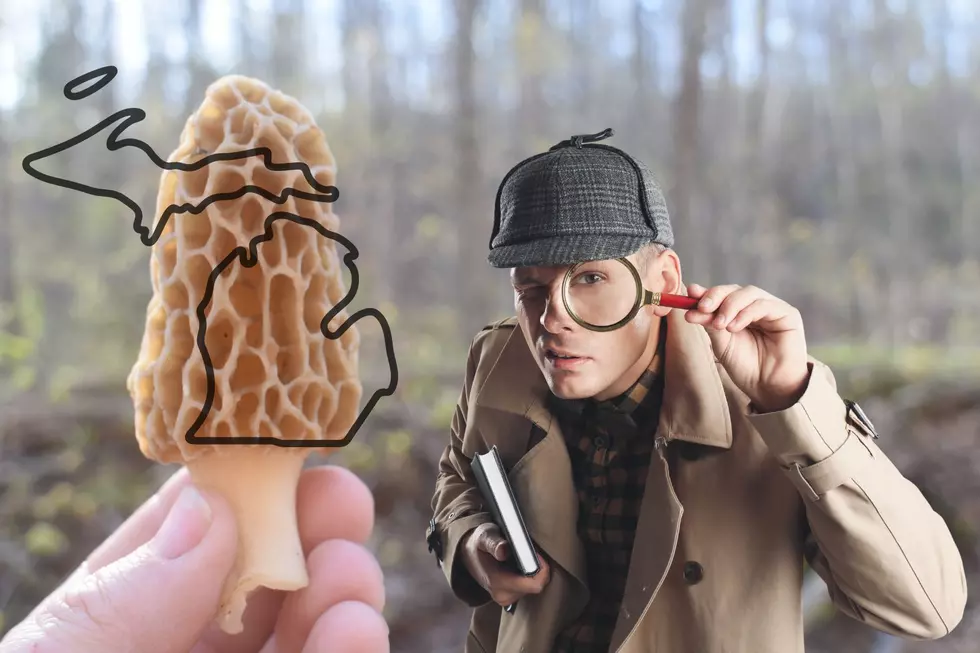
Michiganders: Don’t Use Your Fireplace Until You Do This First
There are countless reasons most of us love wood-burning fireplaces.
The warmth. The ambience. The romance. The list goes on and on.

If your home has a wood-burning fireplace, we're coming to the part of the year where it's tempting to light that first fire of the season and enjoy it. But are you sure it's safe to do so?
Every year in Michigan, families are displaced because of chimney fires that could have been prevented. According to the state's Licensing and Regulatory Affairs Agency (LARA), fireplaces, wood stoves and other heating devices ranked among the most common causes of fire deaths in Michigan last year.
How to Prevent Chimney Fires
One of the most important things you can do to assure that your home's fireplace is safe to use is to schedule a yearly chimney inspection. This isn't one of those things to blow off. It's imperative for the safety of your family.
Here's why.
Previous years' wood fires cause creosote to build up in your chimney. Creosote is basically that black or brown residue that's left behind after a wood fire burns. It's comprised of a combination of substances including hydrocarbon, smoke and various gases and minerals. This buildup can be flammable, and can cause a chimney fire.
But I'm OK if I don't burn wood, right?
Not so fast. Regardless of whether your fireplace burns wood, natural gas, kerosene, or charcoal, you can still be at risk of a chimney fire or carbon monoxide poisoning if your chimney isn't properly checked and cleaned regularly.
According to Chimney Cricket of Lansing, "carbon monoxide is produced whenever gas, oil, kerosene, wood or charcoal is burned. Higher levels can be produced when your chimney is not functioning properly." Birds or other animals may have used your chimney for nesting since you last used your fireplace, thus possibly causing a blockage. Weather can cause debris to collect inside chimneys too. If you use a chimney, your home should have working carbon monoxide detectors in addition to smoke detectors.
Finally, it's important that your family develops a fire escape plan in the event one's needed. Have alternate exit routes in mind in the event fire blocks your typical exit route. If any family members have mobility issues, make sure those are addressed by your plan as well.
LOOK: How Halloween has changed in the past 100 years
Superhero Scenes That Could Never Get Made Today
More From 100.7 WITL





